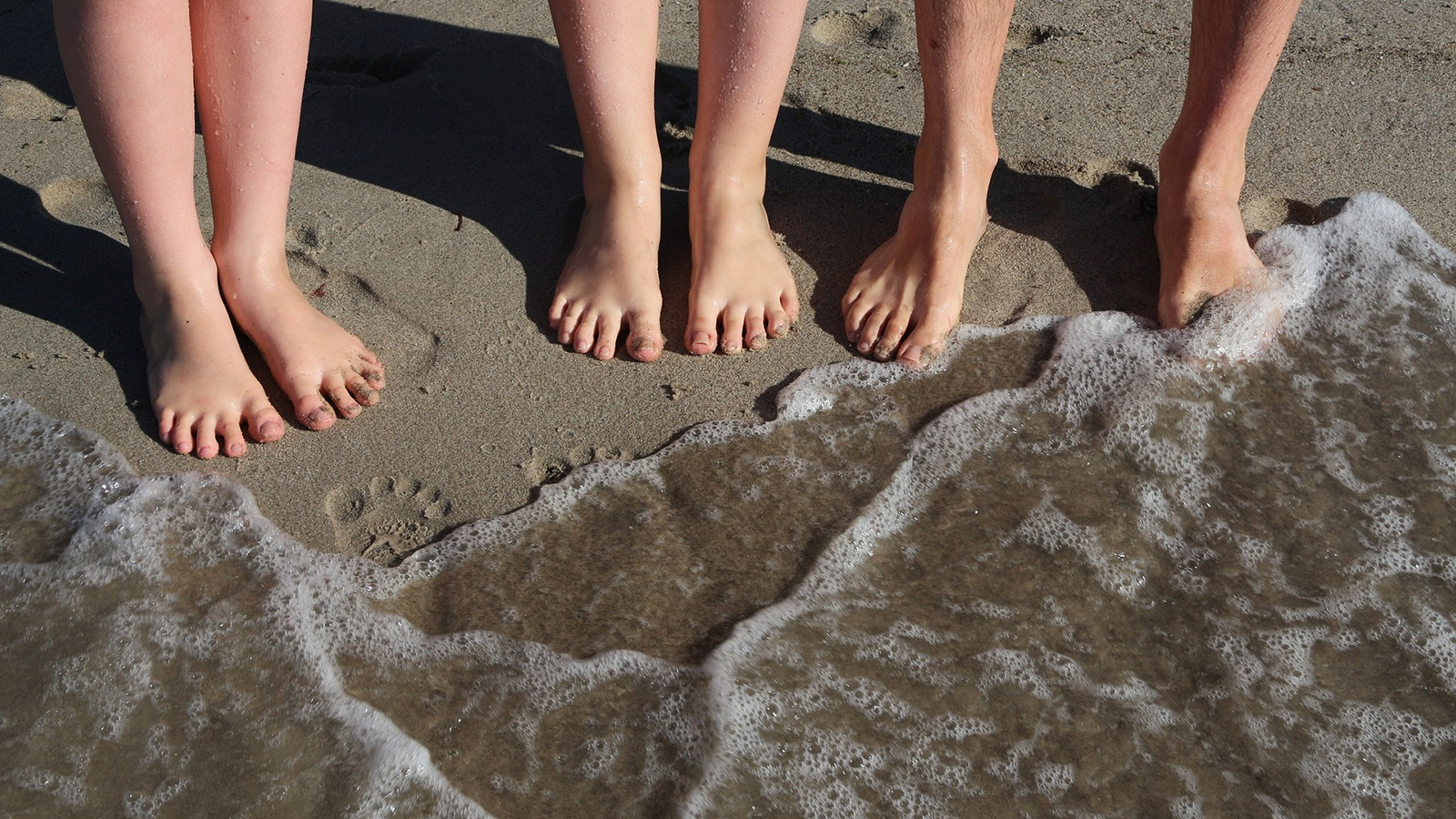Today’s the 50th anniversary of the Clean Water Act becoming law. So how are Texas waterways doing?
Better! A study in 2018 by researchers at UC Berkeley & Iowa State University found that the share of rivers nationally that are safe for fishing increased by 12 percent between 1972 and 2001. I don’t have TX-specific data, but believe this is also the case for Texas.
However, we still have a lot of work to do. 9,711 miles of TX rivers (28% of those assessed) aren’t safe for basic uses like swimming or fishing. That’s also the case for 590,241 acres of lakes (38%) and 1,248 sq miles of our bays and estuaries (48%).
Half of our beaches had unsafe levels of fecal bacteria at least a quarter of the time in 2020. Toxic algae blooms, made worse by rising temperatures, have killed dogs around Texas, including this summer at “Barking Springs” in Austin.
Water pollution comes from a variety of sources, including runoff from factory farms and cities and direct discharges from industry. Texas ranks 1st in the U.S. for toxic dumping in our waterways.
We also have emerging threats to our waterways, including from PFAS “forever chemicals” which have contaminated drinking water around the state and put people at risk of risk of cancer, liver damage and infertility. Plastic pellets called “nurdles” are polluting our beaches and threatening wildlife. The TCEQ had proposed regulating this pollution, but backed down from industry pressure.
The U.S. Supreme Court is considering narrowing the scope of the Clean Water Act, which could make it harder to reduce pollution.
But there is good news! Thanks to the new infrastructure law, Texas is getting $507,971,000 to upgrade water infrastructure, including to reduce sewage overflows and cut PFAS pollution. Cities like Austin are adopting new green infrastructure standards to reduce cut urban runoff.
But there’s much more to do. I hope we don’t have to wait another fifty years for all our waterways to be safe for my kids to swim in.

